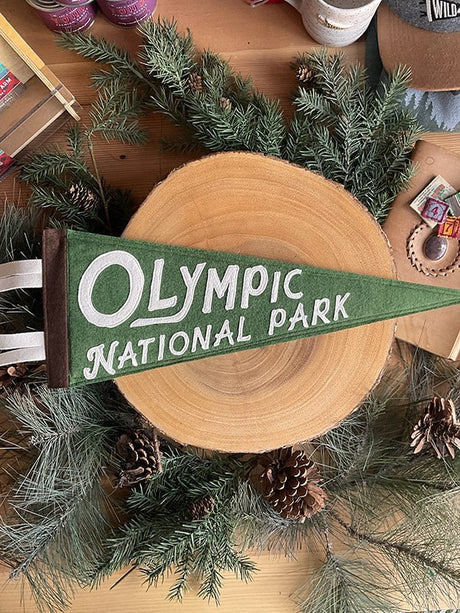National parks are not just havens for wildlife and natural beauty; they also serve as custodians of the past, safeguarding ancient secrets and stories. The myths of hidden civilizations within these vast wild spaces stirs the imagination, evoking images of lost cities and forgotten cultures nestled in the wilderness. But what truths lie behind this alluring notion?
Lost Civilizations: Fact or Fiction?

The United States is home to some of the world's most renowned national parks, many of which are steeped in rich history. From the ancient Pueblo dwellings in Mesa Verde National Park to the mysterious cliff inscriptions in Canyonlands, these lands whisper tales of times long past. While it's true that many national parks and public lands hold significant archaeological sites, the idea of entire hidden civilizations existing within these protected areas veers more towards fiction than fact.
The Real Historical Gems in the Parks

Many national parks do indeed contain remnants of the first peoples. For instance, Mesa Verde National Park in Colorado protects over 5,000 known archaeological sites, including 600 cliff dwellings of the Ancestral Pueblo people. Similarly, Chaco Culture National Historical Park in New Mexico offers a glimpse into the life of early Pueblo ancestors, with its massive stone buildings and intriguing earthworks.
In these spaces, visitors can see and feel the connection to ancient cultures through the preserved ruins and artifacts. These are not the fabled “lost civilizations” of lore, but rather well-documented societies whose legacies are preserved in the parklands.
The Role of National Parks in Preservation
National parks play a critical role in the preservation of these ancient sites. By offering protection and funding, they ensure that these important cultural resources survive for future generations to explore and understand. Educational programs within the parks help to dispel myths and educate visitors about the true history of these areas, enriching their experience and fostering a deeper appreciation for America's diverse cultural heritage.
Exploring with Respect

When visiting these cultural sites, it's crucial to approach with respect and mindfulness. Stick to marked trails, and never remove artifacts. Photography is encouraged, but interacting with or defacing the sites is not only disrespectful but illegal. Each footprint and touch can erode the very history these places strive to preserve.
Conclusion: The Beauty of Truth
While the romantic idea of uncovering a hidden civilization in the depths of a national park is compelling, the real treasure lies in what is already revealed and accessible. These ancient sites offer a tangible connection to the past, providing insights into the sophisticated societies that once thrived in these landscapes. National parks protect these sacred places, allowing us to learn from them, appreciate them, and ultimately, leave them untouched for those who follow in our footsteps.
In the end, the myth of hidden civilizations invites us to explore and appreciate the known, documented histories of the remarkable cultures preserved in our national parks. It's an invitation to witness history firsthand, with the awe and respect it rightfully deserves.










